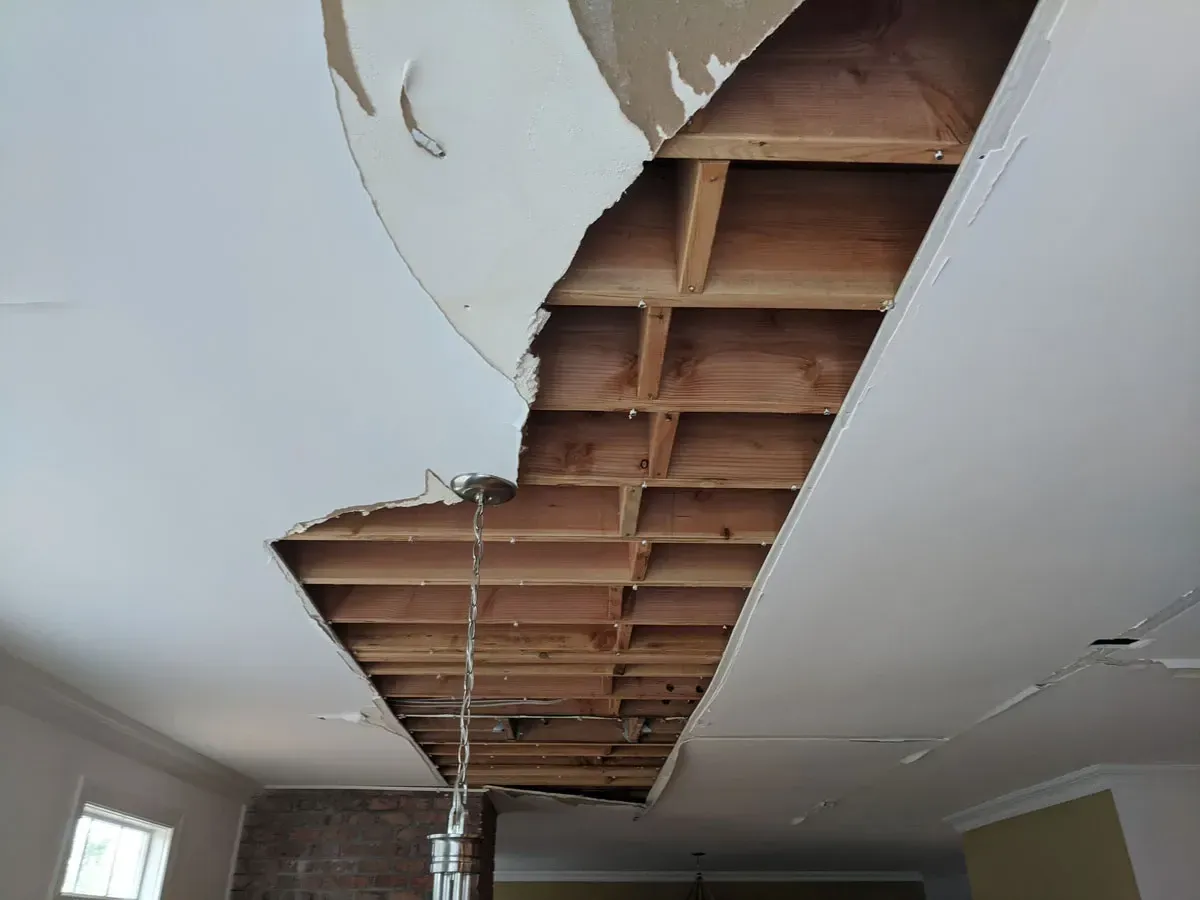Water Damage in Baton Rouge: Understanding the Risks and Restoration Process

Baton Rouge, Louisiana is known for its unique culture, rich history, and picturesque landscapes. However, its location along the Mississippi River and proximity to the Gulf of Mexico make it particularly vulnerable to water damage in homes and buildings. Reach out to us for all your Baton Rouge LA needs.
Why Baton Rouge is Prone to Water Damage
Several factors contribute to Baton Rouge's susceptibility to water damage:
1. Geography: Situated near the Mississippi River and the Gulf of Mexico, Baton Rouge is at risk for flooding from riverine and coastal sources. The region's flat topography further exacerbates the issue, as water tends to pool and accumulate rather than drain away efficiently.
2. Climate: Baton Rouge experiences a humid subtropical climate with significant yearly rainfall. The National Weather Service reports the city averages 62 inches of rain annually. This consistent precipitation increases the likelihood of water damage.
3. Severe weather events: The region is also prone to hurricanes and tropical storms, resulting in heavy rainfall, storm surges, and flash flooding. The Governor's Office of Homeland Security & Emergency Preparedness monitors these events and provides resources for emergency response.
Common Causes of Water Damage in Baton Rouge
The most prevalent causes of water damage in Baton Rouge include the following:
· Heavy rainfall and flash flooding
· Riverine flooding from the Mississippi River
· Storm surges from hurricanes and tropical storms
· Leaking or burst pipes
· Roof damage, allowing water to seep into the building
The Role of Water Damage Restoration
Water damage restoration is crucial for mitigating the effects of water damage and returning homes and buildings to their pre-loss condition. The process typically involves the following steps:
1. Assessment and inspection: A water damage restoration professional will evaluate the extent of the damage and determine the appropriate course of action.
2. Water extraction: Technicians will remove standing water and excess moisture from the affected area using specialized equipment.
3. Drying and dehumidification: The affected area will be thoroughly dried to prevent mold growth and structural damage.
4. Cleaning and sanitizing: Professionals will clean and sanitize the affected materials, removing contaminants.
5. Restoration and repair: Any necessary repairs will be made to return the property to its pre-damage condition.
Protecting Baton Rouge Homes and Buildings from Water Damage
Baton Rouge's geographic location and climate make it particularly prone to water damage in homes and buildings. By understanding the most common causes and the crucial role of water damage restoration, locals can better prepare for and respond to water damage incidents.
You might also like
DryMax Restoration Blogs




